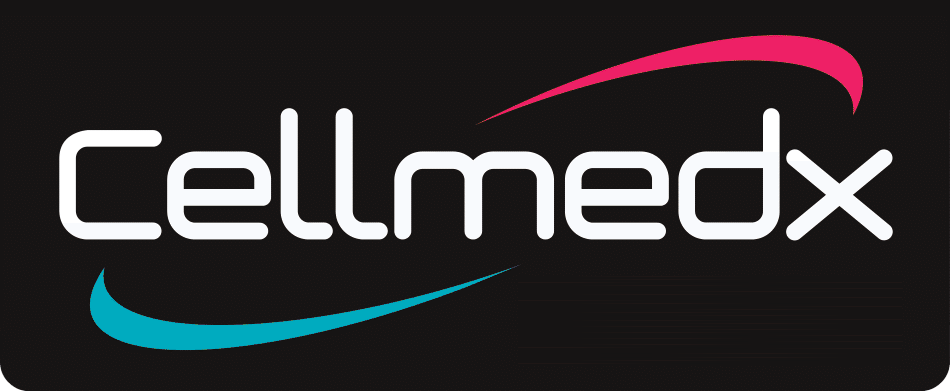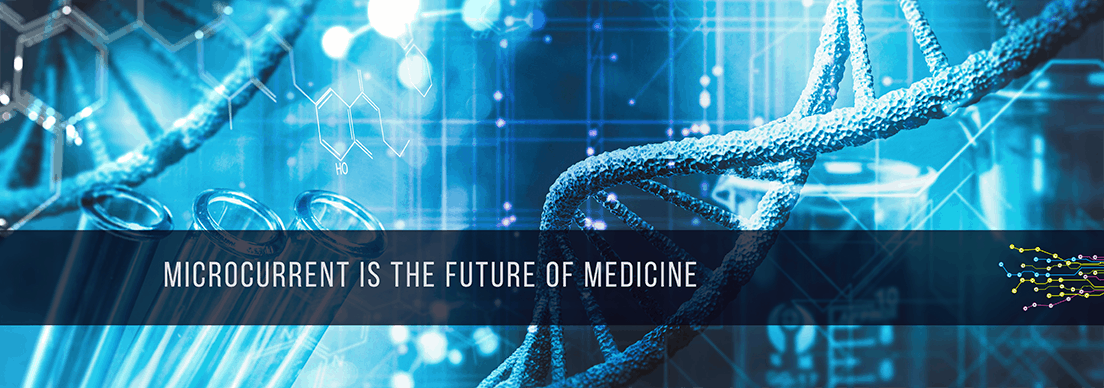The Future of Health
Lessons in Success
When antibiotics were found to have amazing curative powers over infectious diseases, other prospective approaches to health care fell by the wayside. For half a century, antibiotics and chemicals seemed to be a clear path to health progress. Antibiotics were a genuine mid-century breakthrough in medicine. Since then, we’ve unlocked the genetic code and brought many innovative therapies into regular treatment practice.
“Until now there has been no fundamental breakthrough in diabetes therapy since the discovery of insulin.”
Microcurrent Therapy
- Microcurrent Therapy offers an exciting new possibility in the management of Diabetes. Traditionally, Diabetes management entails the administration of insulin in combination with careful blood glucose monitoring (Type 1) or involves the adjustment of diet and exercise level, the use of oral anti-diabetic drugs, and insulin administration to control blood sugar (Type 2). Advancements in the treatment of diabetes have progressed, but slowly. The use of ultra-low microcurrent therapy holds true promise for the future of diabetes care.
- Self-monitoring of blood sugars using a portable, personal device that takes a small blood sample obtained with a tiny finger lancet. Using such a device, tight glycemic control (TGC) becomes possible, as an adjunct to insulin therapy, either injected or delivered via a wearable insulin pump. This technology-enabled self-care model has been shown to reduce complications and improve the quality of life in T1DM. Replicating these results in T2DM has been challenging, largely reflecting the heterogeneous nature of the disease and the fact that it changes with increasing age and other factors. Implantable sensors that measure blood glucose continually have come into practice more recently.
- The value of self-monitoring enablement using electronic devices, including the next generation of wearable health appliances, is aided by incorporating decision support algorithms and other intelligent information technology tools. The concept of the “artificial pancreas” combines glucose sensing technologies with automated insulin delivery by the pump, with software-based decision making interposed so that the former drives the latter (fully automated feedback loop). Such systems are under development but have not yet made their way to market.
- In the absence of a cure, the goal of diabetes management is to alter the natural course of the disease by reducing the likelihood of complications by eliminating the wide fluctuations in blood sugar that define the disease. The toolset to do so is currently limited. We’re looking to change that through the use of eBalanceⓇ Technology.
The Future of Diabetes Care
- Ultra-low microcurrent produces a specific set of bioelectric signals that send pulses targeted at insulin-producing beta cells and the protein, glucose transporter type 4 (GLUT4) contained therein. These pulses reset the natural gap junction helping the cells to restore homeostasis.
- Looking to restore natural cellular function through the use of microcurrents or electrical connectivity repair holds much promise for the future of diabetes treatment, pancreatic islet cell repair and the potential reversal of type 2 diabetes. The use of ultra-low microcurrent may help in stabilizing mitochondria, working as antioxidants and therefore, enhancing the normal function of β-cells and vascular tissue. Additional studies are warranted involving larger number of patients using ultra-low microcurrent therapy. eBalanceⓇ Technology through the use of microcurrents may change the concept of management of diabetes and other chronic diseases.


